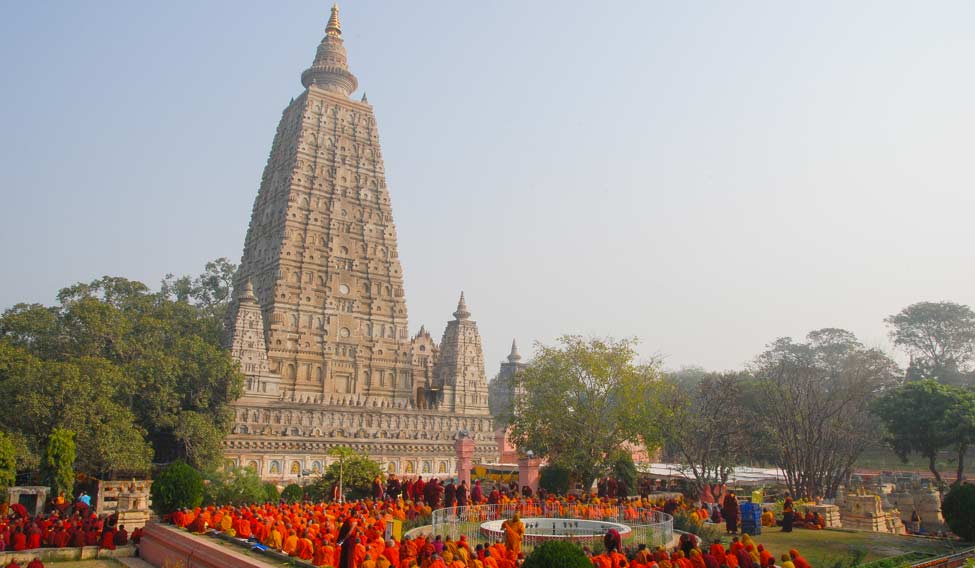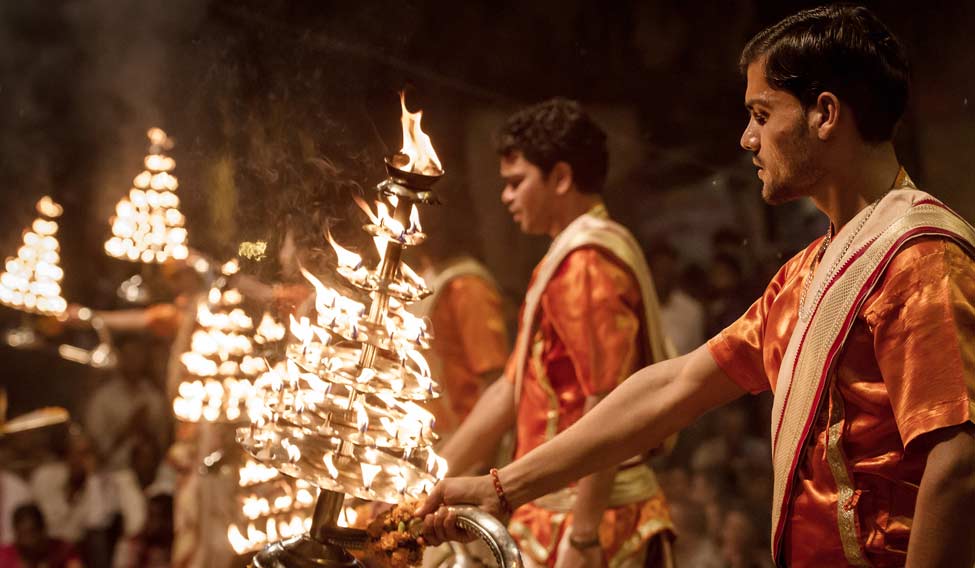Blame it on the Beatles. They came in the time of psychedelic colours, peace and flower power to the ashram in Rishikesh—forever changing music and India. Over the years there were others, from Steve Jobs to Elizabeth Gilbert, who travelled across continents wooed by Indian mysticism and became the biggest brand ambassadors for spirituality in India.
Leaving nothing to chance—or especially to the fickleness of need for something deeper—the Ministry of Tourism has launched a number of schemes to attract those seeking God—in every hue. So, from Ram Bhakts to Krishna devotees and even those who believe in the middle path—there is something on offer for everyone.
Mixing myths with the mystical, the Tourism Ministry has a trail for those who want to follow the footsteps of these gods. And the government is putting money where its mouth is with ₹300 crores earmarked for these trails.
The aim is to boost tourism within the country as well as take a chunk of the tourists abroad. In the Ramayana trail—pilgrims will traipse through Chitrakoot, Ayodhya and Shringverpur in Uttar Pradesh. As an extra advantage, the government hopes to tie up with in the Sri Lankan government to gain access to Ramayana sites there so that the devotee can get the complete experience.
If your god is pastoral and you’re seeking Krishna, the government will help you find him in all his dhaams. So there is Mathura, Vrindhavan and Nandgaon. The idea is not only to develop these trails but to ensure an enhanced experience. So, there will be improved public facilities and better budget hotels.

Although India has seven out of the eight holy places for Buddhism, together they fail to generate even a per cent of the Buddhist tourism. However, the government wants to change that. And with Prime Minister Modi’s focus on using culture to bind the countries together, the Buddhist circuit is being developed seriously. There are even talks of SAARC countries like Afghanistan and Nepal, even Pakistan—maybe not now—linking their sites to the trail.
Last year, the ministry of tourism launched one its most ambitious initiatives, PRASAD (National Mission on Pilgrimage Rejuvenation and Spiritual Augmentation Drive)—an apt acronym for a mission to ensure that pilgrimages—that are part of the Indian DNA—are a more than comfortable during their religious tours. The scheme has ₹100 crores in its kitty.
In the spirit of Swacch Bharat Abhiyan, 12 towns were identified at first—a few more have been added subsequently including Guruvayur in Kerala and spread across the religious spectrum—from Gaya in Bihar, to Amravati in Telengana, Ajmer in Rajasthan and the churches in Goa.
The scheme aims to tap into the growing domestic tourism sector and ensure that all the worldly stuff that pilgrims need for their deeper connection with gods is on track. “To be implemented in a mission mode,’’ as minister of culture Mahesh Sharma put it in a reply to a question in Parliament. “Developing world class infrastructure at various destinations/circuits is one of the mission objectives of the scheme,” he had said.
A mammoth task—as Jairam Ramesh said famously and rather controversially that it was the saddest that Indian temples were the dirtiest—the biggest challenge of the scheme will to be able to provide public convenience in these places. Crowd management, building budget hotels, improving surrounding areas are all part of the scheme.







